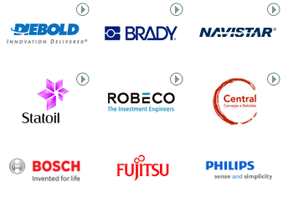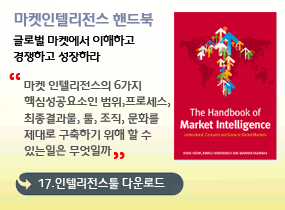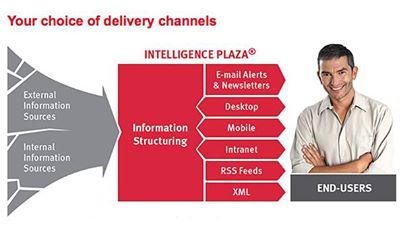The Dutch have a saying: “meten is weten”. This freely translates into “measuring is knowing”. When it comes to competitive intelligence software, what are the benefits of generating and analyzing end-user usage reports from your CI portal?
“Measuring cannot replace ‘talking to your end-users.”
Here’s four ways that show how measuring user-data in your market intelligence or competitive intelligence tools can be beneficial to you.
1. Optimize your deliverables.
The end-users of your tools leave a trail of usage information behind. You can use this to cater to their needs even better by understanding what they are reading, and when. For example, if you see that certain topics are read three times more often than others, it also justifies more time spent on collecting insights in that area.
And vice-versa, if most people are leaving certain topics alone, you could question whether it’s still relevant for the business.
2. Share common interests.
There can be a huge untapped pool of information, especially in large companies!
This is usually in the form of tacit knowledge. By analyzing the most popular insights in a certain period and by sharing these results with your community, you can make people aware of certain things they might have missed otherwise. And in the case they have good information to share on those popular topics, they can contribute more willingly; because it becomes clear that these topics are of interest to and are valued by their peers.
3. Use them as KPIs.
A question that is often raised is the one about the ROI of Market or Competitive Intelligence. A measurable KPI could be in the form of actual usage.
Consider tracking the amount of logins, page-views, or contributions of individuals as clear indicators of the buy-in your peers have to Market or Competitive Intelligence.
You could argue the case that more usage = better informed decisions = higher ROI!
4. Optimize your (team’s) time spent on data-collection.
When analyzing the actual content being collected and distributed on a meta-tag level, together with the actual usage or subscriptions of end-users to the same meta-data, you can spot discrepancies.
Say for example, if you spend 50% of your time on topic ABC and only 5% of your time on topic XYZ, but users are utilizing topic XYZ intelligence more often, you should shift the balance of your time to reflect the actual needs better. This can even be done only temporarily, but it might be needed on a permanent basis.
These are just four common examples of how to use these kind of statistics. Depending on what you’re able to track, you can do other things as well – but always keep in mind that measuring cannot replace ‘talking to your end-users’!















